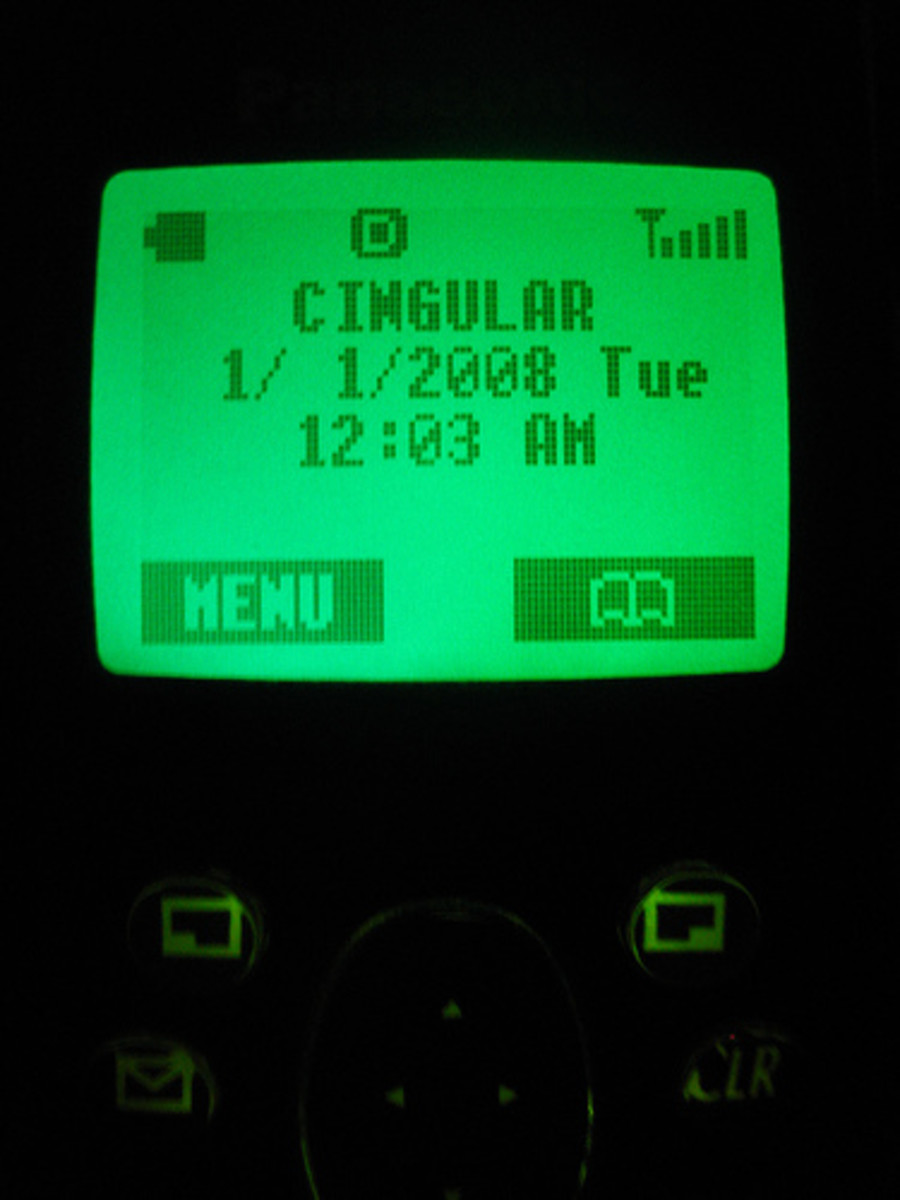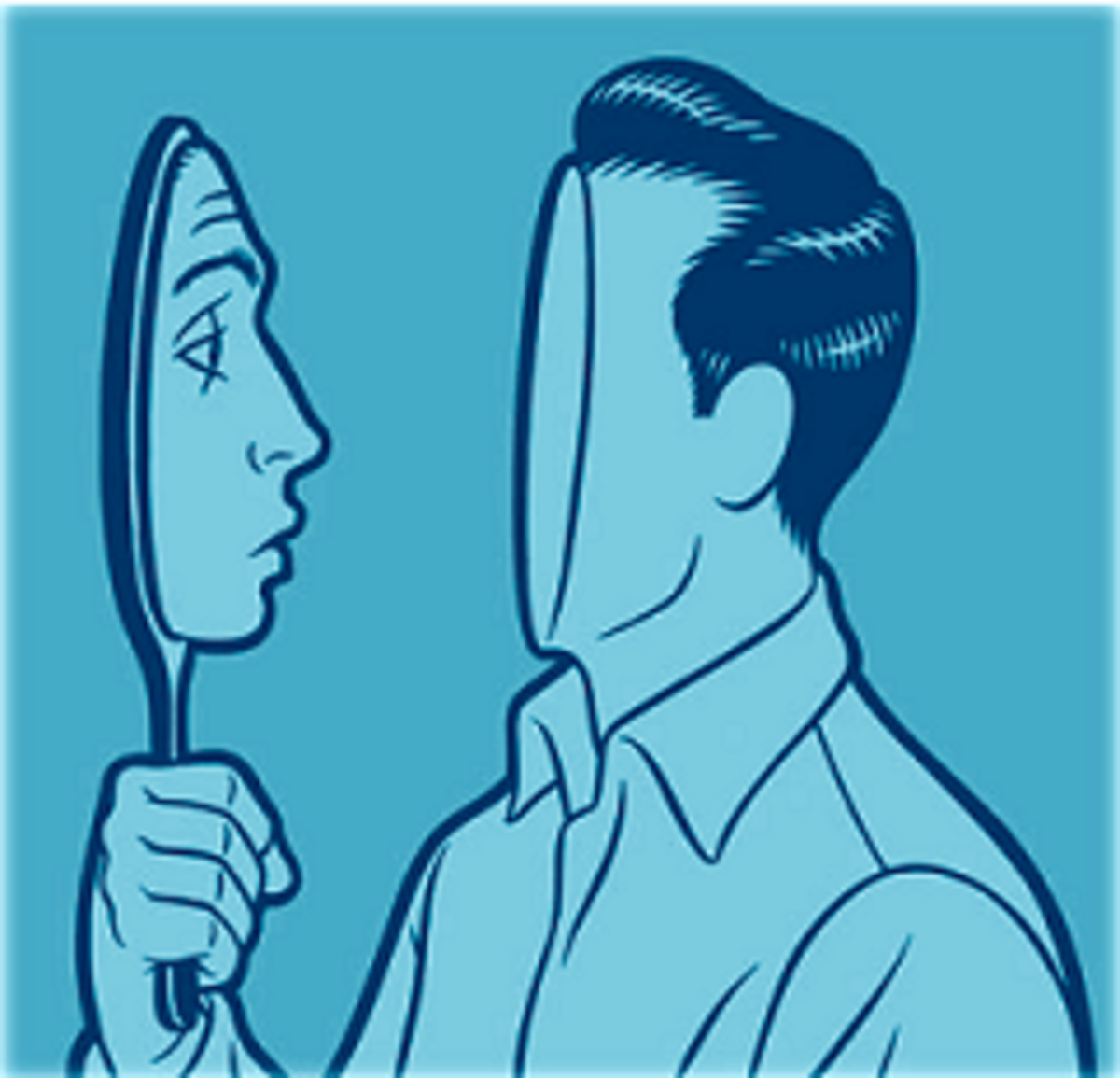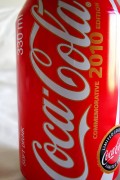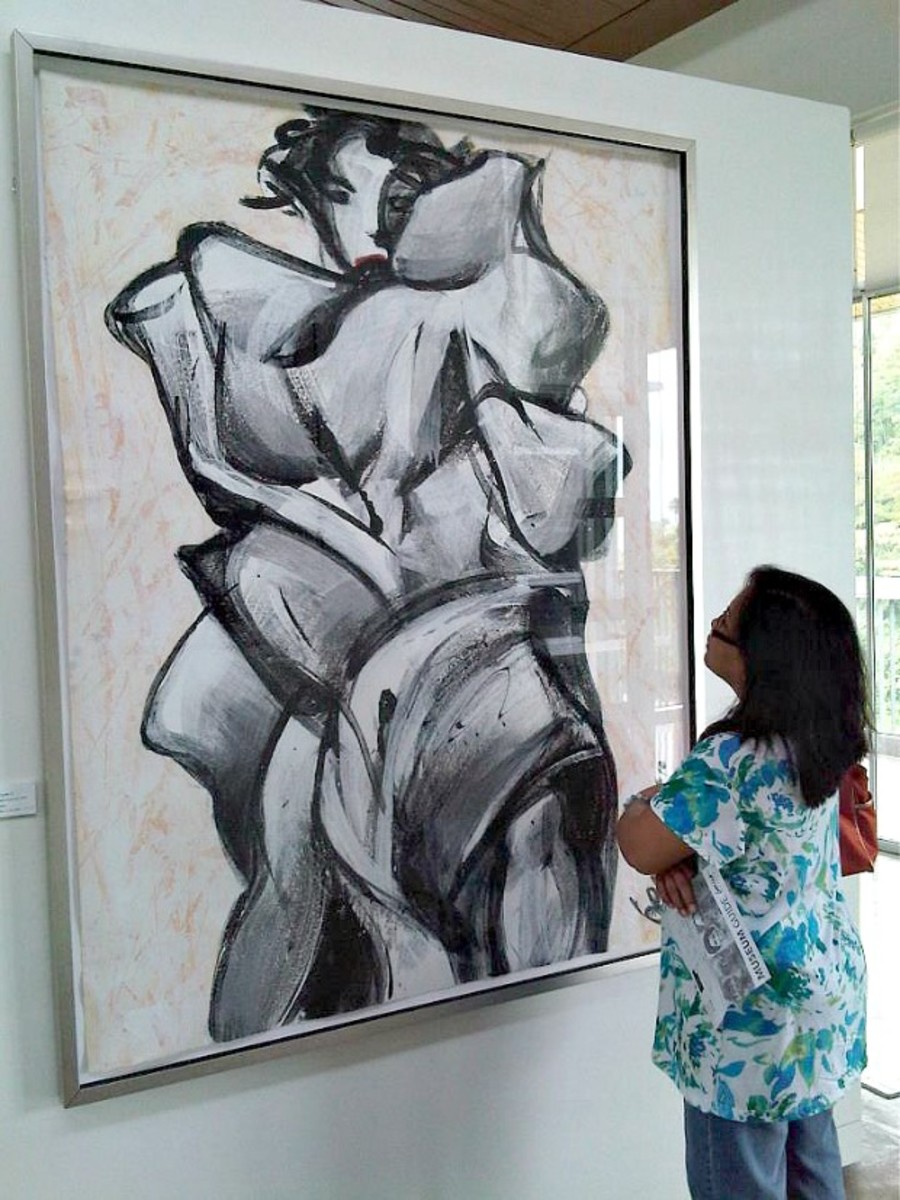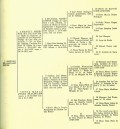- HubPages»
- Health»
- Personal Health Information & Self-Help»
- Mentally & Emotionally Balanced Living
How to Break Old Habits
How Habits Form

Human Nature and Habits
We develop habits as part of human nature from behavioral patterns that end up becoming ingrained in the pathways of our mind. Habits are only formed through repition.
Many of us know want to break our bad habits. But we don’t. Nearly 70% of people who smoke want to quit. People who are substance abusers deal with incredible struggles to give up their drug and alcohol excesses, knowing that they are hurting themselves, their families, and their friendships. People who want to be a more desirable weight, know they need to exercise more, and eat better. People who gamble, want to stop using money they don’t have. People who clutter want to make their surroundings neater. People who stop shopping so much want to stop the compulsion of buying things they don’t need. Yet with all this knowledge, we continue to do the very things we don’t want to continue doing.
The National Institute of Health funded a study to try to understand what happens within our minds and help develop ways that can help us make changes for the positive.
Research Studies and Habits
What the study uncovered is that habits are connected to our well being. There are biological reasons we get into routines, even though they may be harmful to us. Breaking these routines and developing new ones affects our lifestyle and our behaviors.
Habits are a normal part of our everyday lives. Automatic behaviors free up our brain to not have to think consciously all the time, and gives us greater ability to focus on other things.
We develop habits when the reward center in the brain is triggered. Habits that we find enjoyable, like smoking, eating, gambling, shopping, drinking, and taking drugs, over talking, too much time on the computer, nail biting, the pleasure center in the brain releases a chemical called dopamine. The dopamine creates a craving, and the routine becomes hardwired and ingrained in our memory. As the reward center in the brain makes demands, the ability to simply give up what we know is bad for us, becomes harder to resist.
There is good news and bad news about getting over bad habits. The good news is, we are not slaves to our cravings. Will power and self control can help us win the battle of our bad habits. The bad news is that our will power and self control tire out. As we become temporarily drained, it becomes harder to resist the habit we are restraining ourselves from. Research has shown that we need to practice different kinds of self control in order to strenghten our inner resolve.
There is no magic way to stop a bad habit. There is no single soultion that will effectively break a bad habit. What works for one person may not work for another, and what works today, may not work tomorrow. However, there are some methods that can be applied to help you break your habit, you desperately want to stop.
Old Habits
Self awareness is the first step. By being more aware of some triggers that stimulate the habit, you can help yourself avoid the people, places, activities that make you compulsively react. Being aware of your thoughts also helps you understand your feelings that precipitate the habit.
Visualization may help you deal with tempting situations. As you practice in your mind how you are handling situations you know make you vulnerable, it may help you handle the situation better as it arises. For example, if you are trying to lose weight, picture yourself at a party and envision that you are eating vegetables instead of chips.
Some people can get rid of one habit by replacing it with another. People who are trying to quit smoking, may chew a piece of gum instead. People who want to give up drug abuse, may exercise in its place.
Old habits stay emblazoned in our memory. They never fully go away, so to stop the old habit, becomes extremely difficult, even if we replace the old habit with a new one. By strenghtening the new habit, we can suppress the old one, so it is not the dominant habit.
Some studies are looking at medications that can interfere with the habitual behavior. Some studies are looking at genes that may be able to be turned off and on in order to suppress old habits and help form new habits.
How to Break Bad Habits
Bad habits are very hard to change. But it can be done.
To break a bad habit it can be helpful to:
- Identify the habit you want to stop
- Identify a good habit you would like to start
- become aware of triggers that make you do the habit
- refocus your thoughts and actions on the new good habit
- act on the good habit
- reinforce the good habit
- be patient, it may take about nine to ten weeks to have the new habit become more automatic
Bad habits are hard to break because they have become hardwired into our brain. It takes a tremendous amount of willpower to stop the old patterns and start new ones. The desire to break bad habits starts from logical thinking, but the ability to continue it is not dictated by this same logic. Aristotle believed that our repeated actions make us who we are and so to strive to a level of excellence, it needs to become a habit.
If you want to form a new habit, the amount of time it takes, depends on what you are trying to do, and how much concerted effort you put towards it.
In a psychological research study from the University College London, 96 people who were interested in adopting a new habti, participated. They were asked how automatic their new habits felt. From the results, the researchers saw a correlation between how much the people in the survey practiced and how automatic the habit felt. The study showed the participants hit a plateau after about 66 days.The more often they practiced early on, the sooner the new habit became automatic.
Even though the average habit took 66 days, some habits took only 18 days to form, nd some took 254 days. Different habits take different amount of dedication. Even if the participants missed one day of practice, it did not impact the chances of making the behavior a habit.
The study showed that simple habits could take 66 days, and other habits can take even longer. Skipping days does not interfere for the long term success of habit formation, but early repitition helped the habit become more automatic.
Breaking Bad Habits
Changing Our Habits
It is possible that about 75% to 90% of the daily things we do are habitual. Much of our day is spent not necessarily what is the best thing to do, or what is most efficient, or productive, but we spend our day in activities that we are used to doing.
Changing our habit is easier said than done. It is hard to eliminate a habit, it is better to look to replace it. Stopping a behavior actually leaves us with a void, even if we have the willpower to stop. By having another habit to replace the old one, it helps to stop the old behavior, and helps us to not revert back to the old ways.
Creating a new habit involves determination, the ability, and a cue. If we start with the cue or reminder that will make us take action, it will stimulate the behavior necessary to start it all. In order to carry out the action, we need the motivation, the determination, the commitment to carry it out on a regular basis. In order to form a new habit, start with the cue. Make it easy for yourself, by leaving a reminder that you easily see.
We Are What We Think and How We Behave
What we think affects our behavior and our habits. Doing positive things helps increase our well being and our ability to feel greater positive emotions and a greater ability to flourish. Think positive thoughts and keep a gratitude diary that you write in each night.
Take on a new activity each week with your mate and then talk about the experience you just had. Learn something new or expand your vocabulary. Start a new hobby, it can awaken the child within you.
Habits are part of our unthinking routine. Not all habits are bad, and when we develop new habits, scientists have learned that we create new brain cells that may even help us become more innovative and creative. The more new things we try, and remove ourselves from our comfort zone, the more creative we can become in all our endeavors at work, at home, and socially.
So in order to adopt a new habit, we need to make the new behavior as mindless as possible for ourselves. The best way to get rid of an old habit, is to make newer pathways that can override the older bad habit. Substituting one mindless habit for another will probably be the easiest way to get over the bad habits we no longer want to do.



